
In the aftermath of the cataclysmic 1980 eruption of Mount St. Helens, a diverse group of researchers was drawn to study the barren, ash-covered landscape that followed the volcanic devastation. While much attention was focused on the regenerating vegetation and recovering animal populations, a peculiar and unexpected event captured the interest of ecologists: a single day of intensive activity by gophers. Decades later, the impact of this fleeting occurrence is rewriting how scientists understand ecosystem recovery and resilience.
The Day the Gophers Arrived
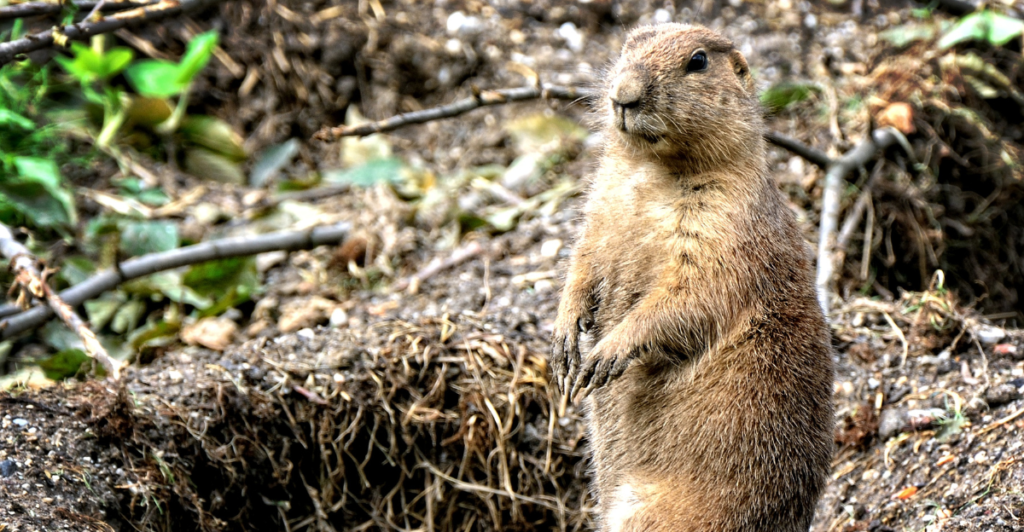
It was during the summer of 1981 that a small population of gophers, driven by the need for fresh territory, migrated into the blasted terrain of Mount St. Helens. Their appearance was almost incidental, a brief stopover in their otherwise routine search for food and shelter. Observers at the time noted their activity with mild curiosity, assuming it would have little bearing on the overall recovery of the devastated ecosystem. They couldn’t have been more mistaken.
Nature’s Unexpected Engineers
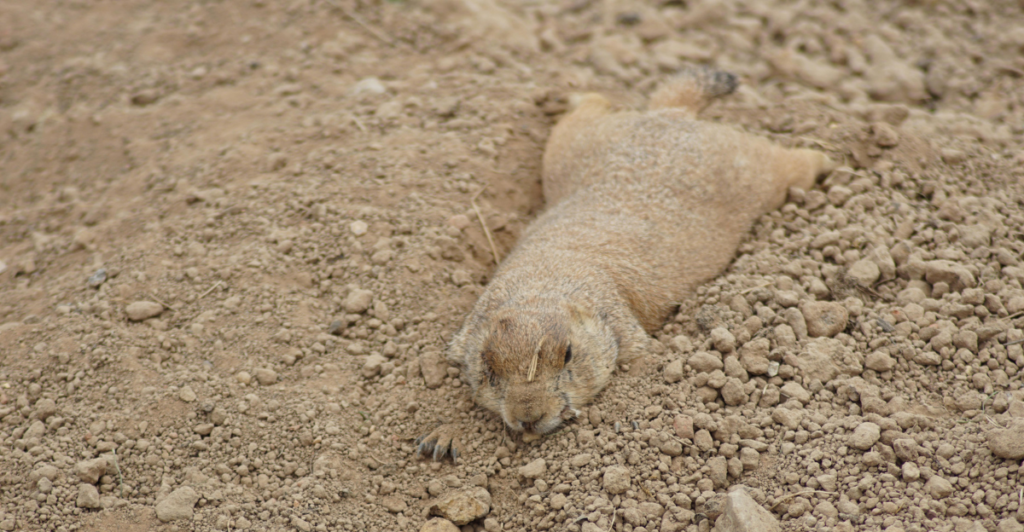
Gophers are known for their subterranean habits, constantly digging and burrowing in search of roots and tubers. In doing so, they inadvertently aerate the soil and mix organic material, creating pathways for water and nutrients to seep deeper into the ground. In the barren landscape of Mount St. Helens, their burrowing proved transformative. By churning ash-covered soil with underlying volcanic material, the gophers catalyzed the development of microenvironments capable of supporting early-stage plant growth.
The Seeds of Recovery
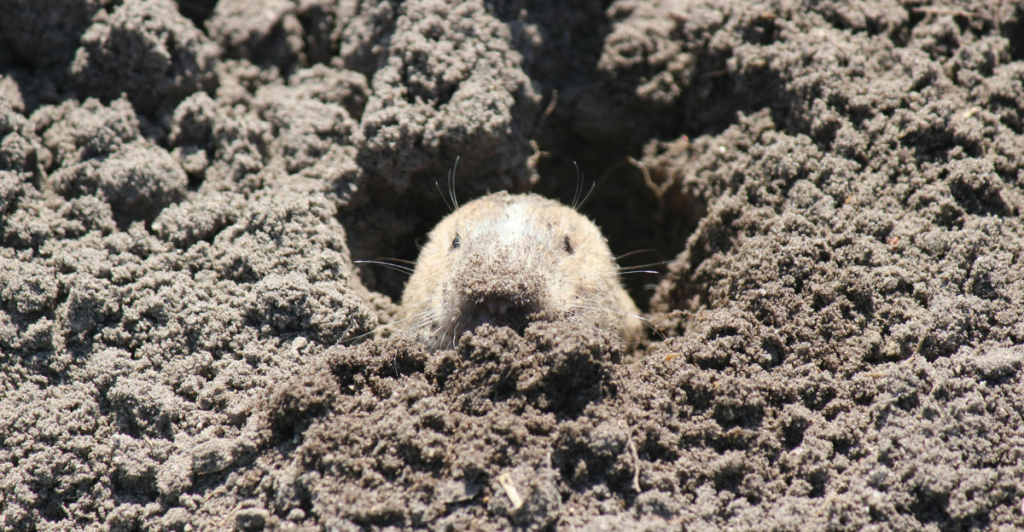
The gophers’ burrows provided a refuge for seeds carried by the wind, water, or animals. In an environment where harsh conditions rendered much of the terrain inhospitable, these underground havens offered shelter from the elements and increased the likelihood of germination. As grasses and small shrubs began to sprout, they in turn attracted insects, birds, and other small animals, accelerating the pace of ecological succession.
A Decades-Long Domino Effect
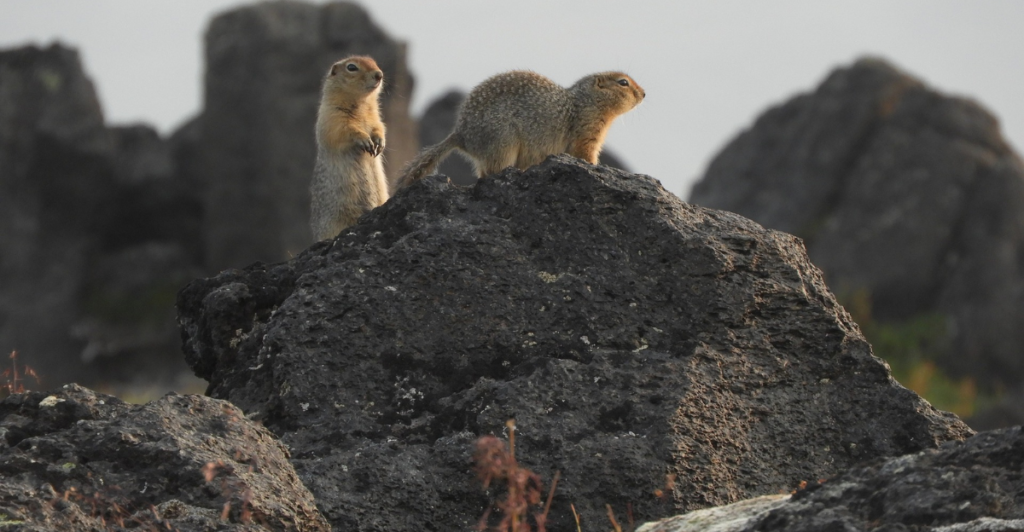
What started as an isolated event snowballed into a significant driver of ecological recovery. Over the years, researchers tracked how the gopher-disturbed areas transformed into patches of thriving vegetation that outpaced surrounding regions. These green oases expanded outward, becoming hubs of biodiversity. The presence of vegetation stabilized the soil, reducing erosion and creating conditions conducive to the growth of larger plants and the return of native species.
Unearthing the Data
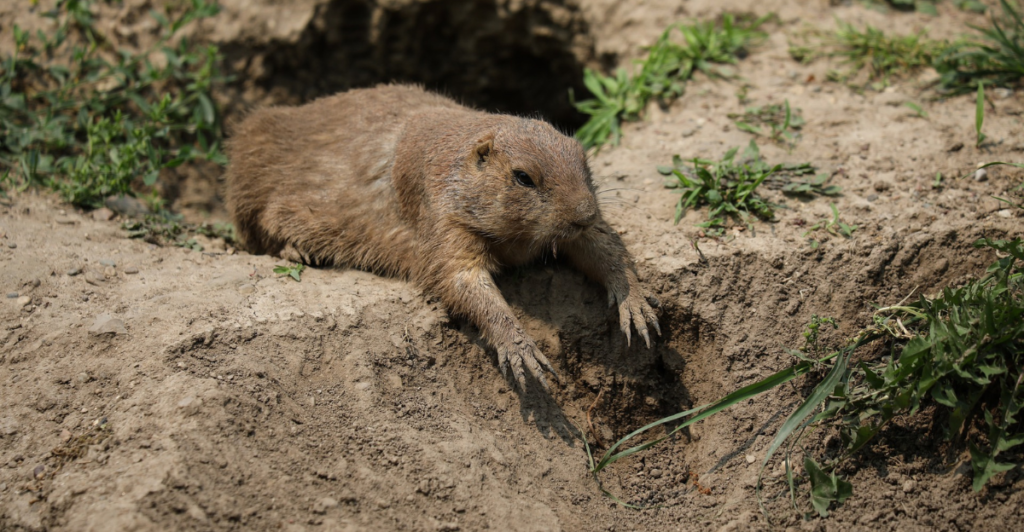
In 2022, a team of scientists revisited the sites of the gophers’ brief tenure to conduct an in-depth study. They discovered that areas originally colonized by gophers boasted significantly higher levels of soil fertility, moisture retention, and plant diversity compared to untouched parts of the blast zone. The findings highlighted how even short-term actions by a single species can yield outsized effects over the long term.
Lessons for Ecological Restoration
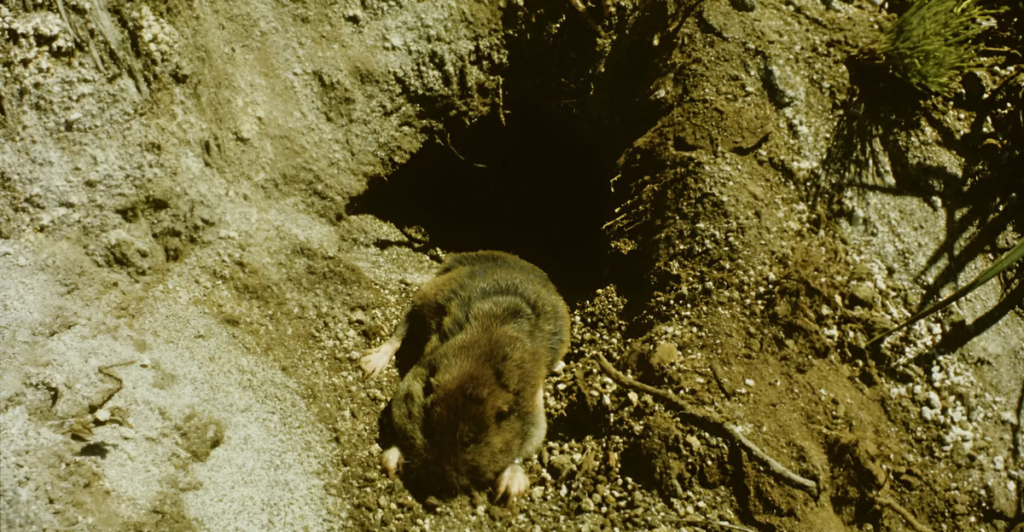
The gophers’ impact at Mount St. Helens has profound implications for ecological restoration efforts worldwide. By demonstrating the value of natural processes in rehabilitating damaged ecosystems, this case study challenges conventional approaches that often prioritize human-led interventions. “We tend to overlook the small players in the ecosystem,” said Dr. Elaine Waters, a lead ecologist on the study. “But as the gophers have shown us, even the smallest creatures can make a big difference.”
The Role of Resilience
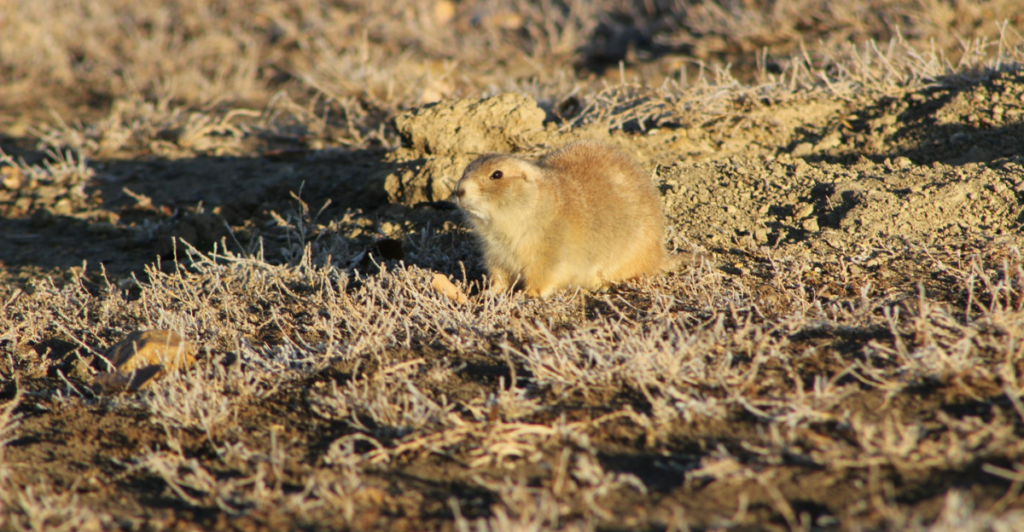
The success of the gophers at Mount St. Helens underscores the resilience of nature in the face of catastrophe. It also raises important questions about how to harness these natural processes to mitigate the effects of future disasters. Could introducing small, adaptable species into other devastated landscapes produce similar outcomes? The gophers’ story suggests it’s a possibility worth exploring.
A New Perspective on Ecosystem Engineering
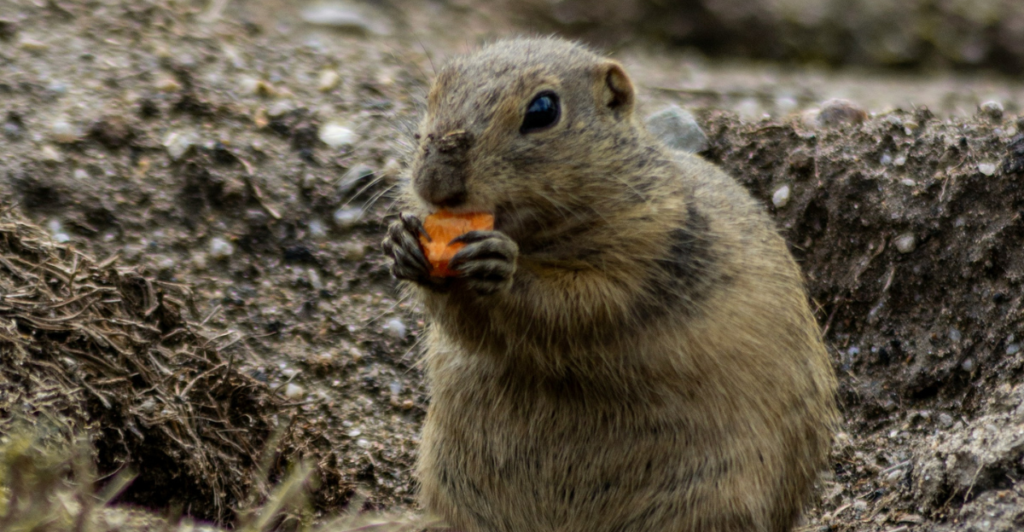
While beavers and elephants often receive recognition as ecosystem engineers, the gophers at Mount St. Helens have earned their place among these ecological heavyweights. Their unintentional contributions to soil health, plant growth, and biodiversity illustrate the interconnectedness of life, where even modest actions can ripple outward in unforeseen ways.
The Human Connection
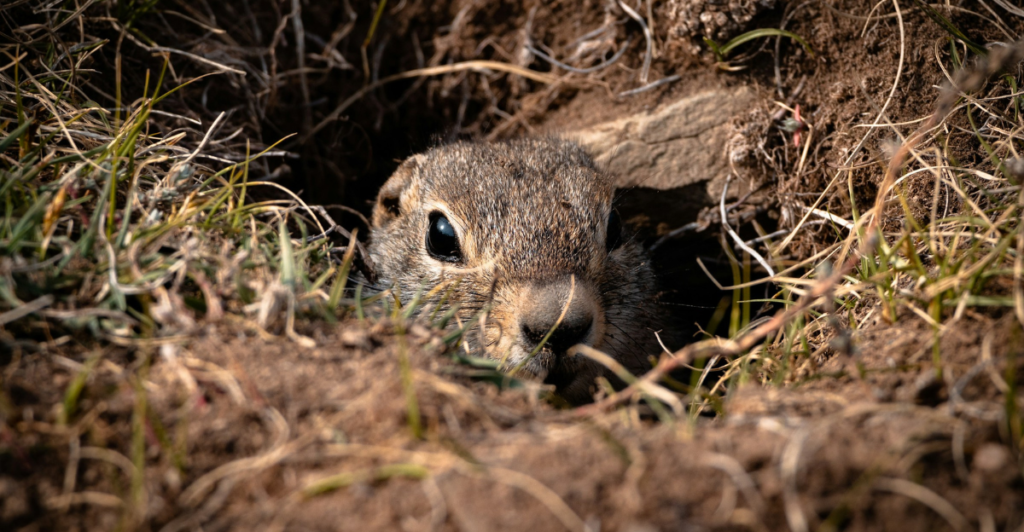
The story of the gophers also resonates with broader themes of humility and interconnectedness in environmental science. “It’s a humbling reminder that we’re part of a much larger web,” said Dr. Waters. “Every action, no matter how small, has the potential to shape the world around us.”
Ongoing Research

Mount St. Helens remains a living laboratory for studying ecological recovery. Researchers are now examining other factors that may have contributed to the surprising speed of regrowth, including interactions between different species and the role of weather patterns. Yet the gophers’ contribution stands out as a testament to the power of serendipity in science.
A Legacy of Hope

As the landscape around Mount St. Helens continues to recover, the tale of the gophers serves as a beacon of hope. It’s a reminder that even in the bleakest circumstances, life finds a way to persist and thrive. And sometimes, it’s the smallest actors that leave the biggest marks.
A Future Shaped by the Past

Looking forward, ecologists are eager to apply the lessons of Mount St. Helens to other recovery efforts. Whether through fostering biodiversity, promoting natural processes, or simply stepping back to let nature take its course, the legacy of the gophers’ single day of activity promises to inspire new approaches to conservation for years to come.
Stay connected with us for more stories like this! Follow us to get the latest updates or hit the Follow button at the top of this article, and let us know what you think by leaving your feedback below. We’d love to hear from you!







